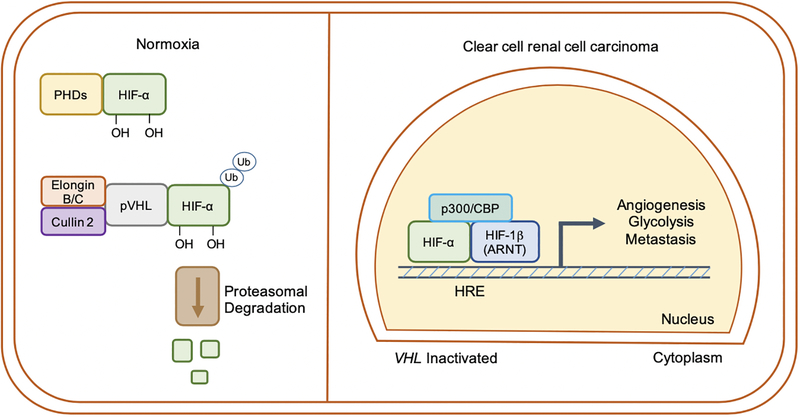Figure 1. Regulation of hypoxia-inducible factor (HIF) signaling by the von Hippel-Lindau (VHL) tumor suppressor.
Under oxygen-replete conditions, HIF-α subunits are hydroxylated by prolyl hydroxylases (PHDs) and then ubiquitinated by an E3-ubiquitin ligase complex containing pVHL, tagging them for proteasomal degradation. In hypoxia, or when VHL is inactivated (such as in ccRCC), HIF-α subunits escape degradation, translocate to the nucleus, and |heterodimerize with HIF-1β (ARNT). HIFs generally promote a transcriptional program favoring increased angiogenesis, glycolysis, and metastatic capabilities of ccRCC tumors. HRE = hypoxia response element.

